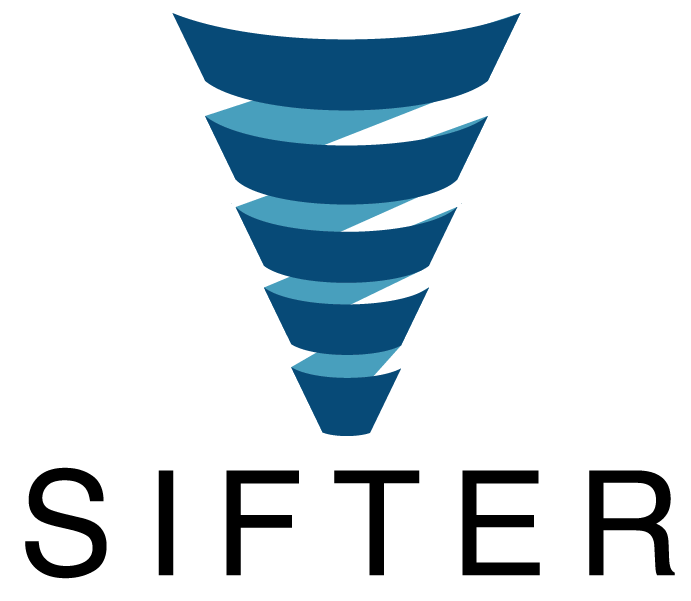Introduction
No matter what industry you are in, there is always a chance that an unforeseen event will negatively affect your business. Taking precautionary measures and choosing an insurance policy that covers your unique business insurance needs can help mitigate these risks.
You should identify and manage your business insurance risks to protect your company. This article explains what insurance risk is and the biggest types of insurance risks so you can choose the best policy for your business.
What Is Insurance Risk?
So, what exactly is risk in insurance? Business insurance risks are events that could cause loss or damage to your business. Insurance companies look at the likelihood of these risks when determining the cost of your premium.
When insurance companies decide how much your business insurance premium will be, they consider risks associated with the following factors:
- Business location: Does your company sell merchandise out of a brick-and-mortar building or provide services at clients’ locales, or do you do business primarily online? There are different risk factors associated with your business location. For instance, a business operating out of a physical location will be subject to property damage risks, while online businesses should protect themselves from data breaches and cyberattacks.
- Number of employees: The more employees you have, the higher your business risks, as each additional employee increases the likelihood of an accident.
- Profession: Certain professions are riskier than others. For example, a business in the construction industry tends to have higher risks than a sole proprietor running an ecommerce store.
Categories of Business Insurance Risks
Understanding business insurance risks is the first step in effectively mitigating them. Business insurance risks include:
- Compliance: Your compliance risk concerns your procedures for complying with applicable state and global laws and industry-specific rules. For instance, if your business provides goods or services to residents of the European Union (EU), you need to ensure that you comply with the EU’s primary privacy law, the General Data Protection Regulation (GDPR). The GDPR requires businesses to have a data protection officer to stay up to date with privacy and data protection rules.
- Operational: Operational risk is the risk involved with your everyday business activities. It considers your customers, employees, equipment, processes, systems, and products or services. For example, failing to keep equipment used for daily activities properly maintained can increase the operational risk of breakdown and consequential lost revenue.
- Reputational: Reputational risk is the likelihood that something will happen that could cause damage to your business’s reputation. For instance, let’s say you store customers’ personal data on your network but do not have strong enough security measures. If a hacker accesses and releases that data, your business could lose its reputation as a trustworthy organization.
- Strategic: Strategic risk has to do with your ability to stick to your business plan and pivot as needed if your competitors undermine your product or service. For example, let’s say you sell a small business accounting app, but your biggest competitor starts offering the same service for free. Your strategic risk increases if you do not have a plan for handling potential business failures.
What Are the Biggest Types of Insurance Risk?
Business insurance risks are essentially anything that could cause your business to lose revenue or have to pay legal fees or repair or recovery costs. Let’s look at six of the biggest types of insurance risks and the steps you can take–and insurance you can get–to help protect your business.
Data Breaches
A data breach is when the personal data your company stores is accessed or exposed without prior authorization. Data breaches can occur intentionally, such as when a hacker steals information from your computer system, or unintentionally, such as when an employee accidentally sends an email containing confidential information to the wrong recipient.
To mitigate data breach risks you should:
- Train staff on how to handle confidential data
- Maintain technological security measures, such as firewalls, antivirus software, and multi-factor authentication
- Have physical security measures in place–such as guards or security cameras–to protect locations where you store data
- Have data breach and/or cyber liability insurance
Property Damage
Vandalism, natural disasters, fire, or accidents (such as a customer backing their car into a building) can cause property damage. You can decrease property damage risk by maintaining working smoke alarms and security systems. It is impossible to plan for many causes of property damage, which is why it is so important to have business property damage insurance.
Human Capital costs
Human capital costs are the risks associated with your employees, such as an employee causing damage to your business or a third party, or getting injured while on the job. Ensuring employees receive adequate training and having workers’ compensation insurance can help manage your human capital risks.
Professional Service Mistakes
Professional service mistakes are accidental errors that can lead to negligence lawsuits. For instance, a customer may accuse you of providing inaccurate information that led to them losing money. Double-checking the accuracy of the information you provide clients and having professional liability insurance can help manage your professional service mistakes risks.
International Manufacturing and Export/Transit Issues
International manufacturing and export/transit issues are risks associated with manufacturing and transporting your products. You can get specialized insurance just for manufacturing and transit to protect your bottom dollar. You can also purchase business interruption insurance. Business interruption insurance can help cover disruptions if a supplier or transporter is affected by a fire or natural disaster.
Building projects
Anytime your business is involved with a construction project, you need to know what is covered by the contractor’s or construction company’s policy and what you are responsible for. You should review the policies of all parties involved before signing a contract, and make sure that you are covered in case of an on-site injury, natural disaster, or burglary.
Insurance Risks and Risk Management Strategies
| Insurance Risks: | Data Breaches | Property Damage | Human Capital Costs | Professional Service Mistakes | International Manufacturing and Export/Transit Issues | Building Projects |
| Risk Management Strategies: | Have physical and technological security measures in place; ensure that staff is well-trained. Get data breach or cyber liability insurance. | Have smoke alarms and a security system in place. Get business property insurance. | Make sure employees are trained and have workers’ compensation insurance. | Double-check the accuracy of professional information and have professional liability insurance. | Have business interruption, manufacturing, or transit insurance. | Review your insurance policies and contractor or construction company policies to ensure complete coverage. |
Conclusion
The best ways to manage risks depend on your unique business.
Insurance risk mitigation strategies can include:
- Training staff
- Putting up security cameras
- Maintaining technological security measures
- Having a disaster plan in effect
- Double-checking work
- Buying the right insurance coverage for your business
You should contact a professional for guidance and support in choosing the right insurance products for your business’s unique needs.
FAQs
What are the biggest types of insurance risk?
The biggest types of risks in insurance include:
- Data breaches
- Property damage
- Human capital costs
- Professional service mistakes
- International manufacturing and export or transit issues
- Building project risks






